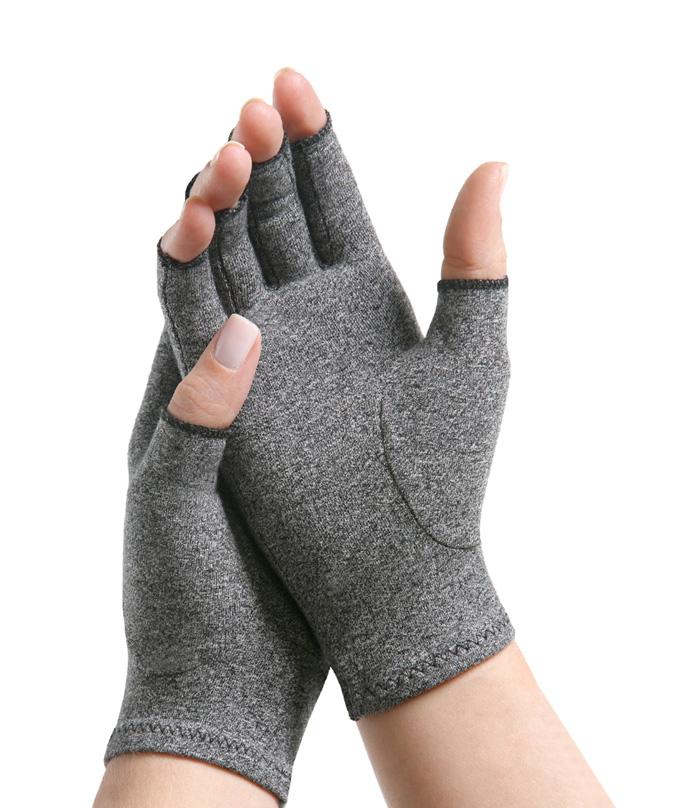Frozen Shoulder Injury: Causes, Symptoms & Treatment Options
Frozen shoulder, also called adhesive capsulitis refers to a condition characterized by the pain and stiffness one may feel in the  shoulder joint. Symptoms may take their time to kick in but they worsen over time and finally subside within anywhere around one to three years.
shoulder joint. Symptoms may take their time to kick in but they worsen over time and finally subside within anywhere around one to three years.
Risk of frozen shoulder may increase if a person is recovering from a medical procedure or condition that may inhibit movement of your arm, such as a mastectomy or a stroke.
Treatment for frozen shoulder typically includes conventional methods such as range of motion exercises and medical treatments such as corticosteroids and other medications. Surgery may be recommended in rare cases to loosen the joint capsule and allow free movement of the joint.
While frozen shoulder doesn’t usually occur in the same shoulder, there’s a chance it may occur again in the other shoulder in some people.
Signs And Symptoms
Frozen shoulder usually develops gradually and in three stages:
- Freezing stage. Any shoulder movement will cause pain and limiting of your shoulder’s range of movement
- Frozen stage. During this stage, pain may begin to subside but your shoulder will become stiffer and more difficult to use
- Thawing stage. Stiffness and limited range of motion begins to improve but pain may worsen at night, in some cases.
Causes Of Adhesive Capsulitis Of Shoulder
The bones, tendons and ligaments that make your shoulder joint are encapsulated by connective tissue. When this capsule created by the connective tissue begins to thicken, it tightens around your shoulder joint, restricting your movement and thus, causing frozen shoulder.
The exact cause of this condition is still unknown but it is more likely to occur in diabetics or people who had to immobilize their shoulder recently for a long time, say after an arm surgery or a surgery, as mentioned above.
Risk factors
Some risk factors may play a role in increasing your risk of developing frozen shoulder. Some of them include:
- Age and sex. People who are 40 and above, especially women have a greater risk of frozen shoulder.
- Reduced mobility or immobility. Reduced or prolonged shoulder immobility may increase your risk of frozen shoulder. Some cases that may increase risk include a broken arm, stroke, rotator cuff injury and recovery post-surgery.
- Systemic diseases. People with certain diseases such as diabetes, tuberculosis, hypothyroidism, hyperthyroidism, cardiovascular disease and Parkinson’s disease may have a greater risk of frozen shoulder.
Treatment For Frozen Shoulder
Most treatments for frozen shoulder involve controlling the pain associated with it and conserving range of motion of the shoulder as much as possible.
Treatment methods include:
Medication
OTC pain relievers such as aspirin and ibuprofen are excellent options as they can reduce pain and inflammation. In some cases, you may be prescribed a stronger pain killer or anti-inflammatory drug depending on your condition.
Physical therapy
Your physical therapist will teach you some exercises to help improve range of motion and mobility of the shoulder.
Use a support wrap
A support wrap such as the McDavid shoulder support wrap 463 will provide compression and thermal therapy that will ease pain and speed up recovery.
Image Re-Use
You are allowed to re-use the image with the BodyHeal.com.au logo on your website or any online publication as long as the proper creditation is given to BodyHeal.com.au. You can link back to our homepage, gttps://bodyheal.myshopify.com/ or this article at https://bodyheal.myshopify.com/blogs/news/frozen-shoulder-injury-causes-symptoms-treatment-options







Leave a comment